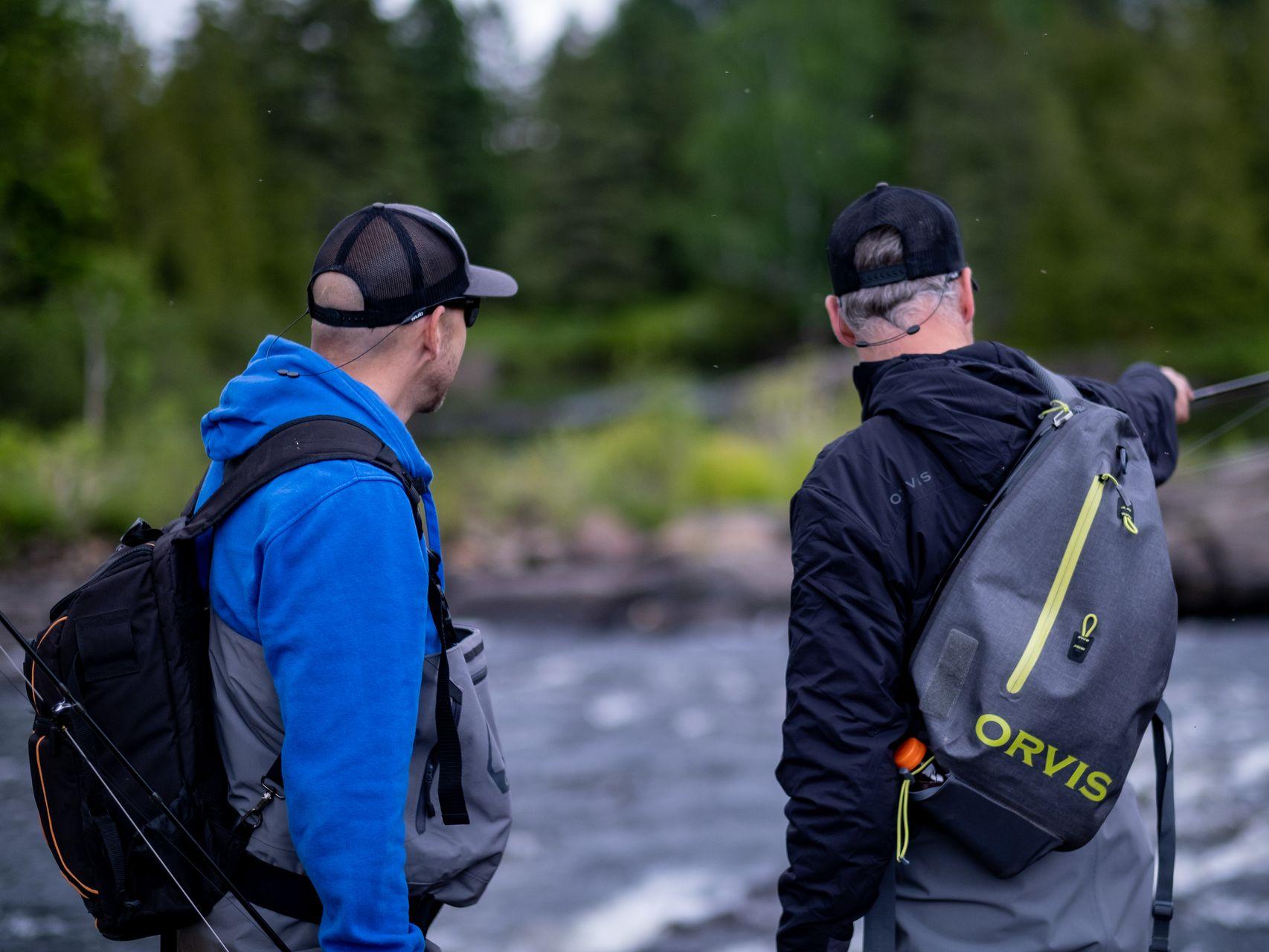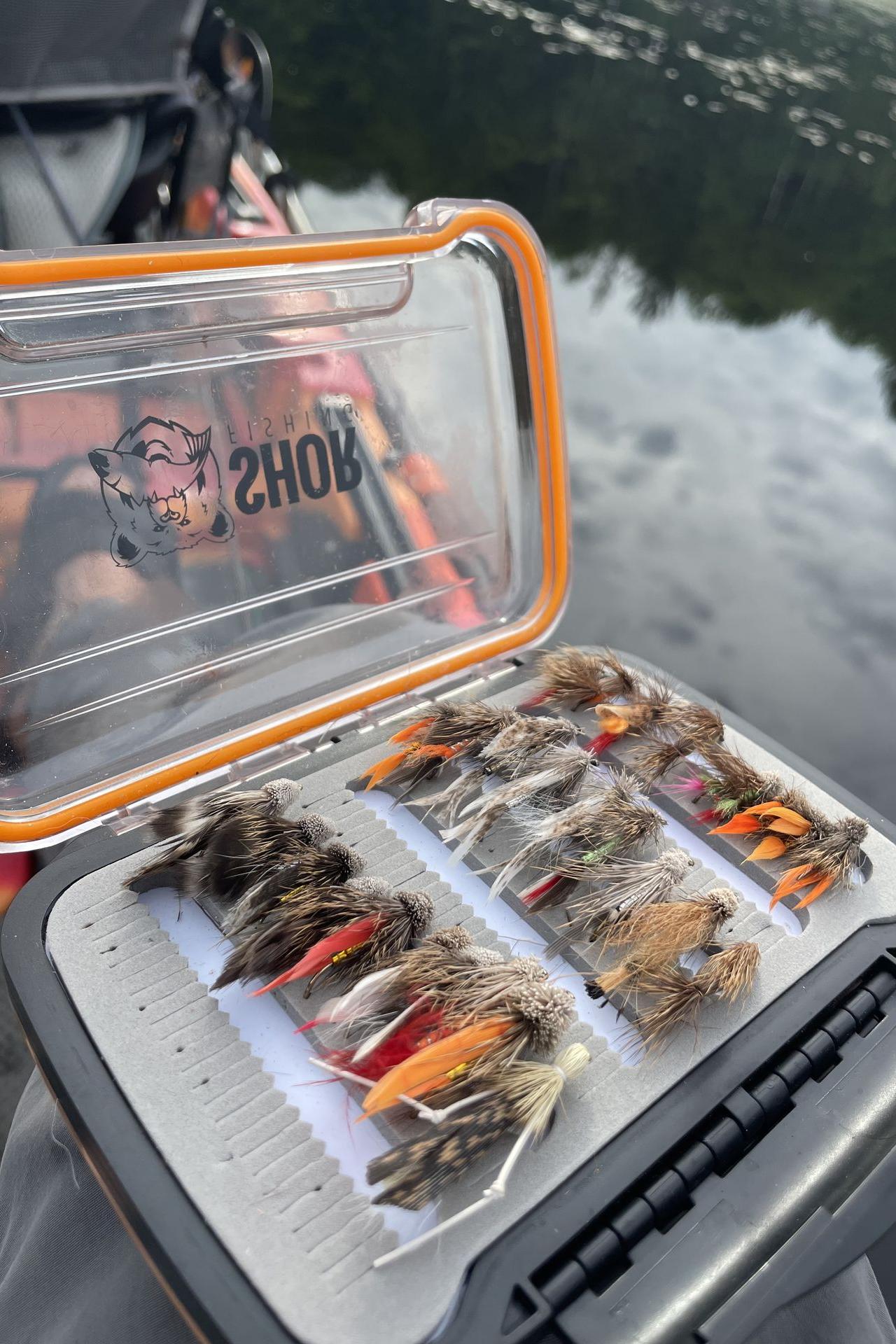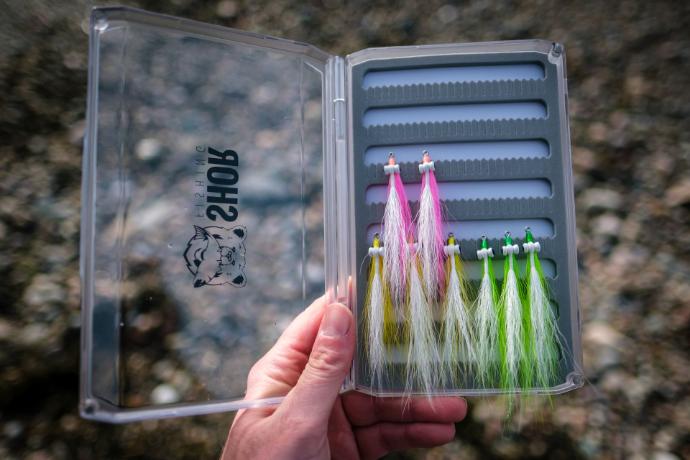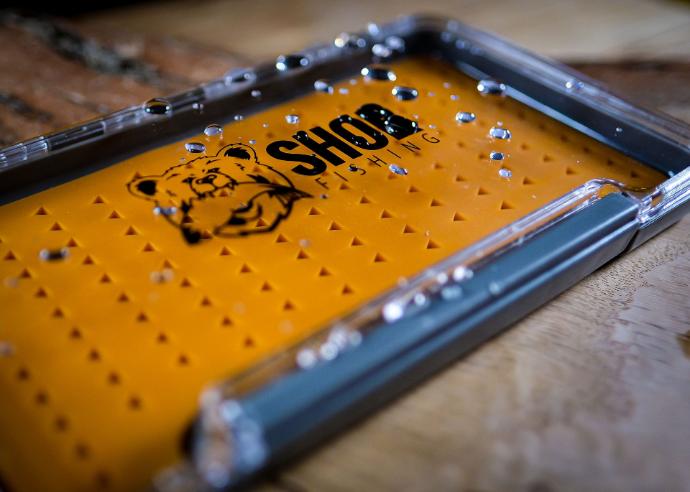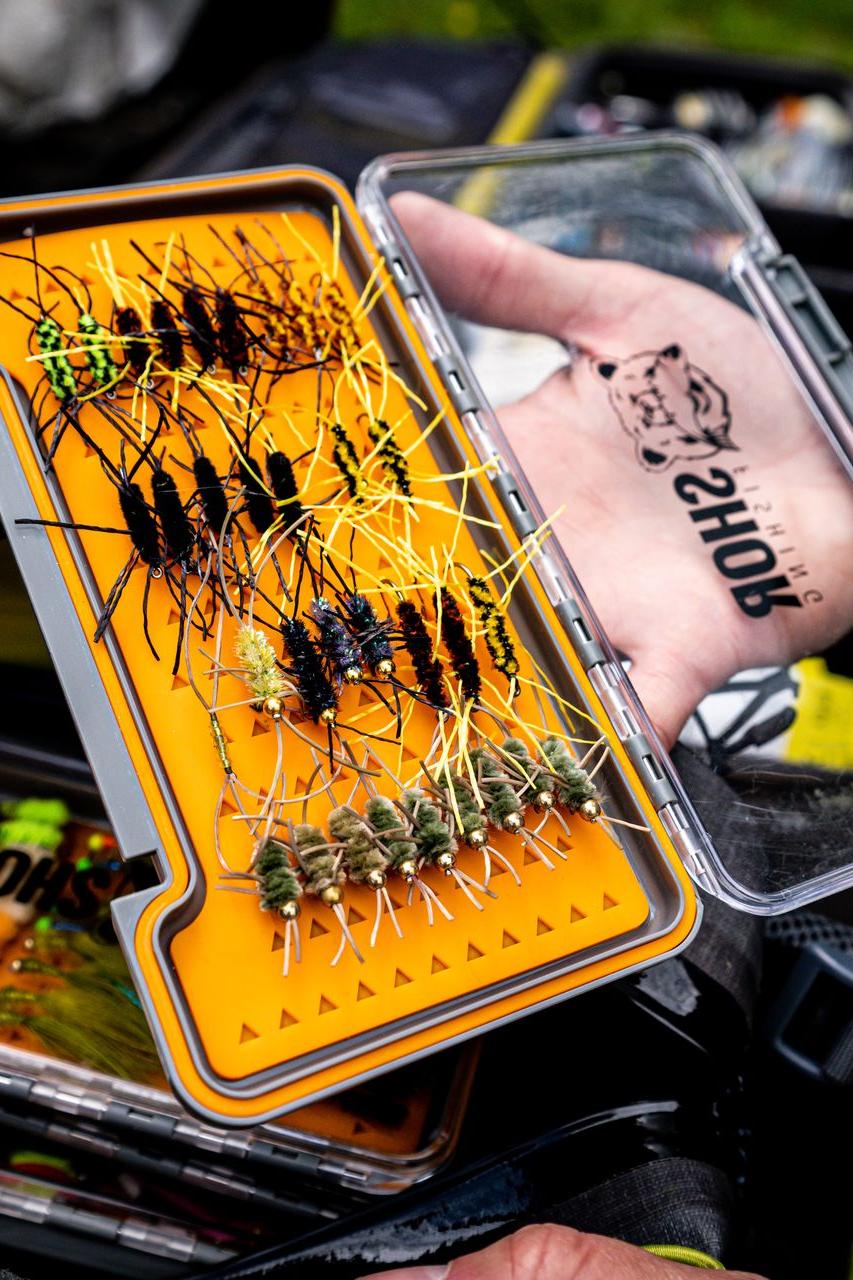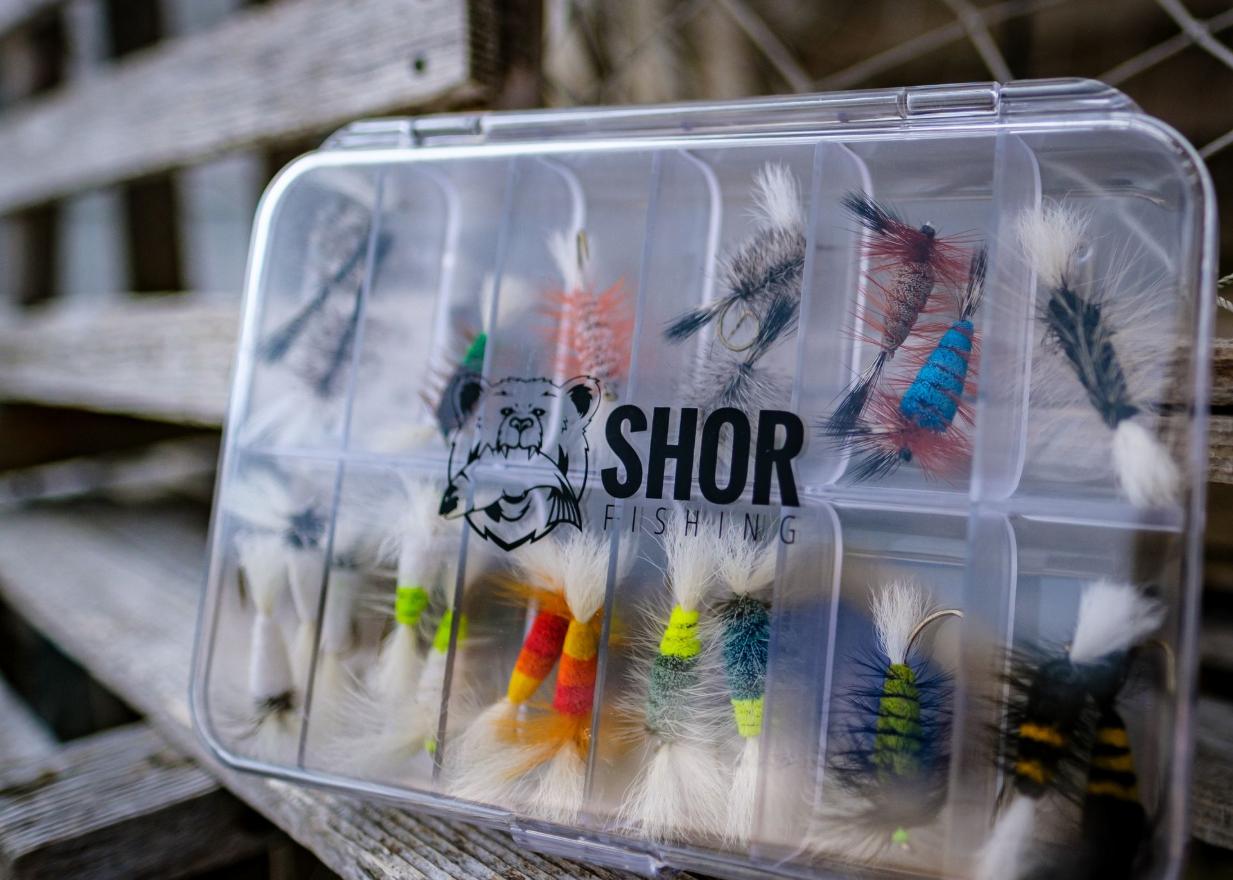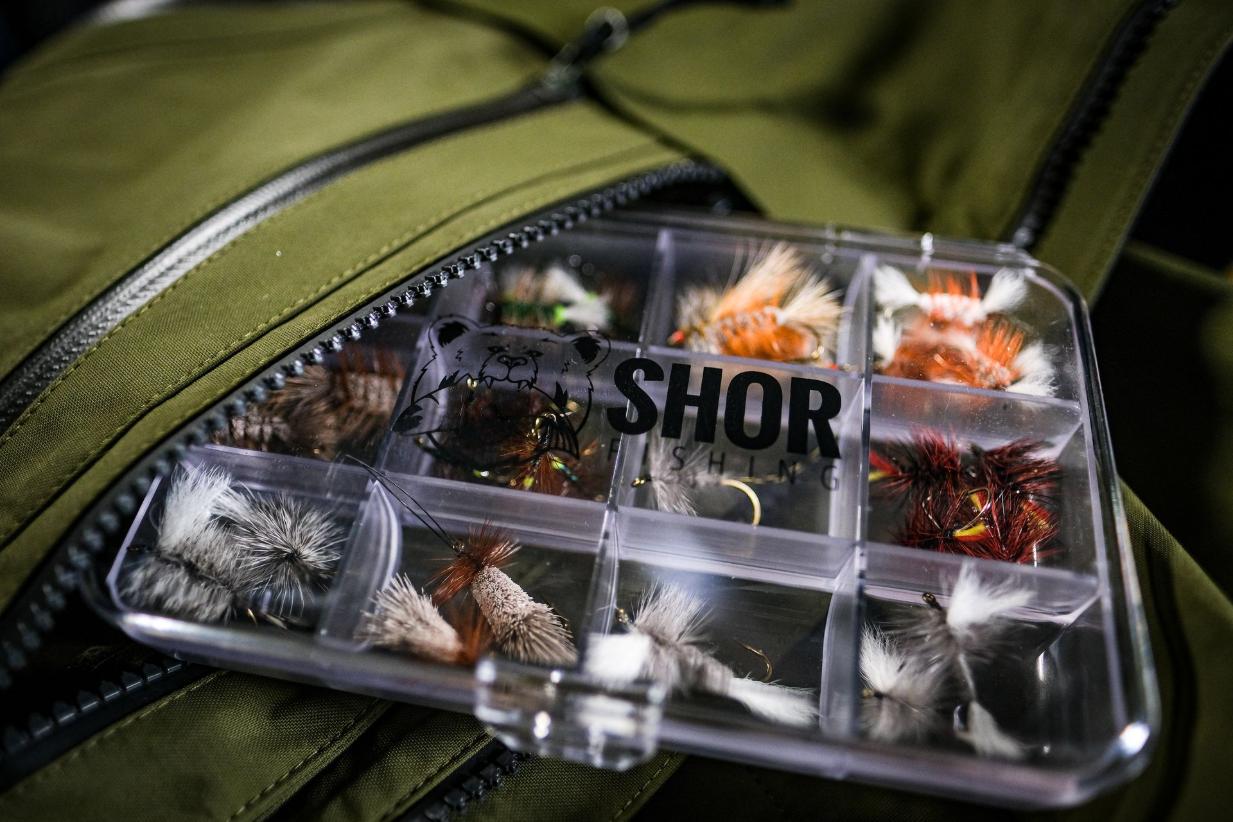Choosing the right box to optimize the storage of your flies is important. If you are like me, there comes a time when the number of flies you own becomes impressive, especially for those who fish multiple species of fish. We end up with various types of flies in a variety of sizes and shapes that make organizing them very difficult. I believe it is relevant to review the main features to guide the choice.
Size of the box
The size of the box should not be neglected. It must be proportional to the scope and quantity of flies to be stored. Ensure that the box has sufficient clearance height between the lid and its bottom when closed to avoid crushing the flies stored inside. This detail is trivial but too often forgotten!
It is also necessary to consider how you move when practicing this activity, as this can influence the choice of box size. For example, a boater will not have the same space issue as someone who wades and carries all their equipment. The boater could therefore opt for one or more larger boxes, increasing the number they can transport. For those who still want to carry large boxes and are not in a boat, I strongly suggest the idea of having a backpack that will save a lot of space without too much clutter. For minimalists, some models can even be carried in a shirt pocket!
Box weight
Depending on the models, a box can be more or less heavy. Personally, this is a feature I monitor for certain occasions. For example, when I go on a multi-hour excursion on a river and desire to travel light for maximum mobility. If weight is an issue for you too, I invite you to monitor the composition of the boxes. The material used for the manufacture of the sheets inside the boxes where the flies are hooked can play an important role in the weight. Those in foam are the most common and have the quality of being extremely light. Those in silicone are very heavy, but unlike foam, they have greater durability. The shell of the box can also significantly influence the weight. Although plastic shells are more frequently used, it is possible to find metal or foam ones that will add or remove weight accordingly.
Types of sheets
Perhaps you have observed several forms of sheets inside the boxes. These sheets often have slits in which you can insert your fly to keep it in place. It is relevant to understand the reason for each model to choose the appropriate one for the type of flies the box will accommodate.
For example, boxes designed for dry flies will most often have a space between each row to allow for the collars of the flies that enable them to float. Too often, fragile flies are stored in a box that is not suitable and will crush the precious feathers, rendering the flies' flotation nonexistent once on the water. For larger surface flies, such as those for salmon, a thick box with compartments of a good size will be ideal for keeping the flies in their natural forms.
Some flies are less finicky, such as small or medium-sized nymphs. The important thing is to have a box with sheets having a maximum of slits that allow to store the flies without loss of space. Often, these boxes are very thin for ergonomic reasons.
For anglers of large flies, it is necessary to have a sheet with slits capable of supporting them solidly. Moreover, these flies often have large hooks that require wider and thicker insertions than the commonly used boxes.
Waterproof
Some models are designed to be waterproof, preventing water from infiltrating your box during a river outing or in rainy weather. The presence of water in the box increases the risk of fly corrosion and can cause significant deterioration of them. Additionally, a waterproof box is likely to float in the event of an accidental fall into the water, thereby reducing the risk of losing it at the bottom of the water!
In conclusion, we must consider that each fly requires appropriate storage to preserve well. That is why selecting the right box is not negligible!
View all our models online

